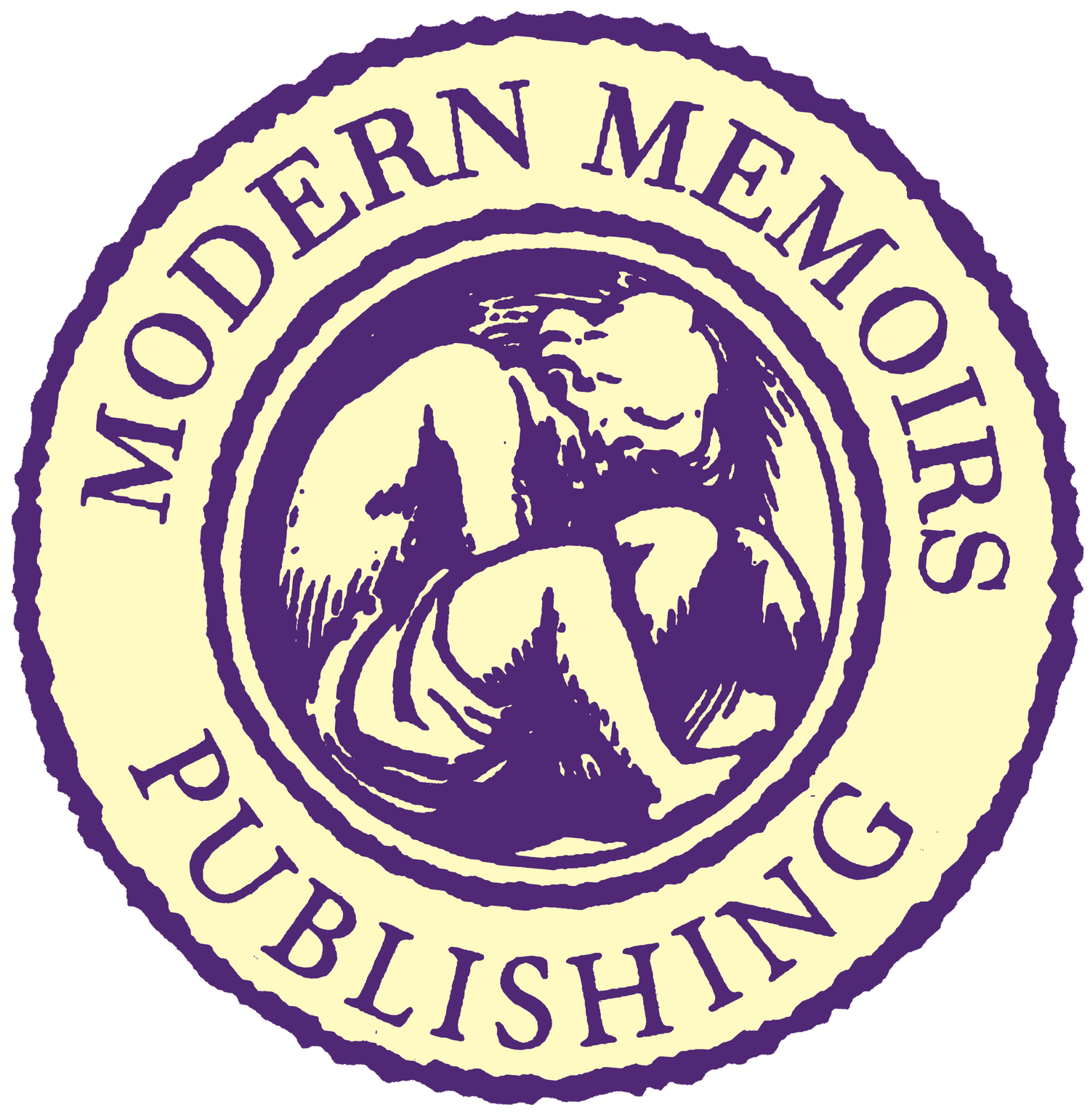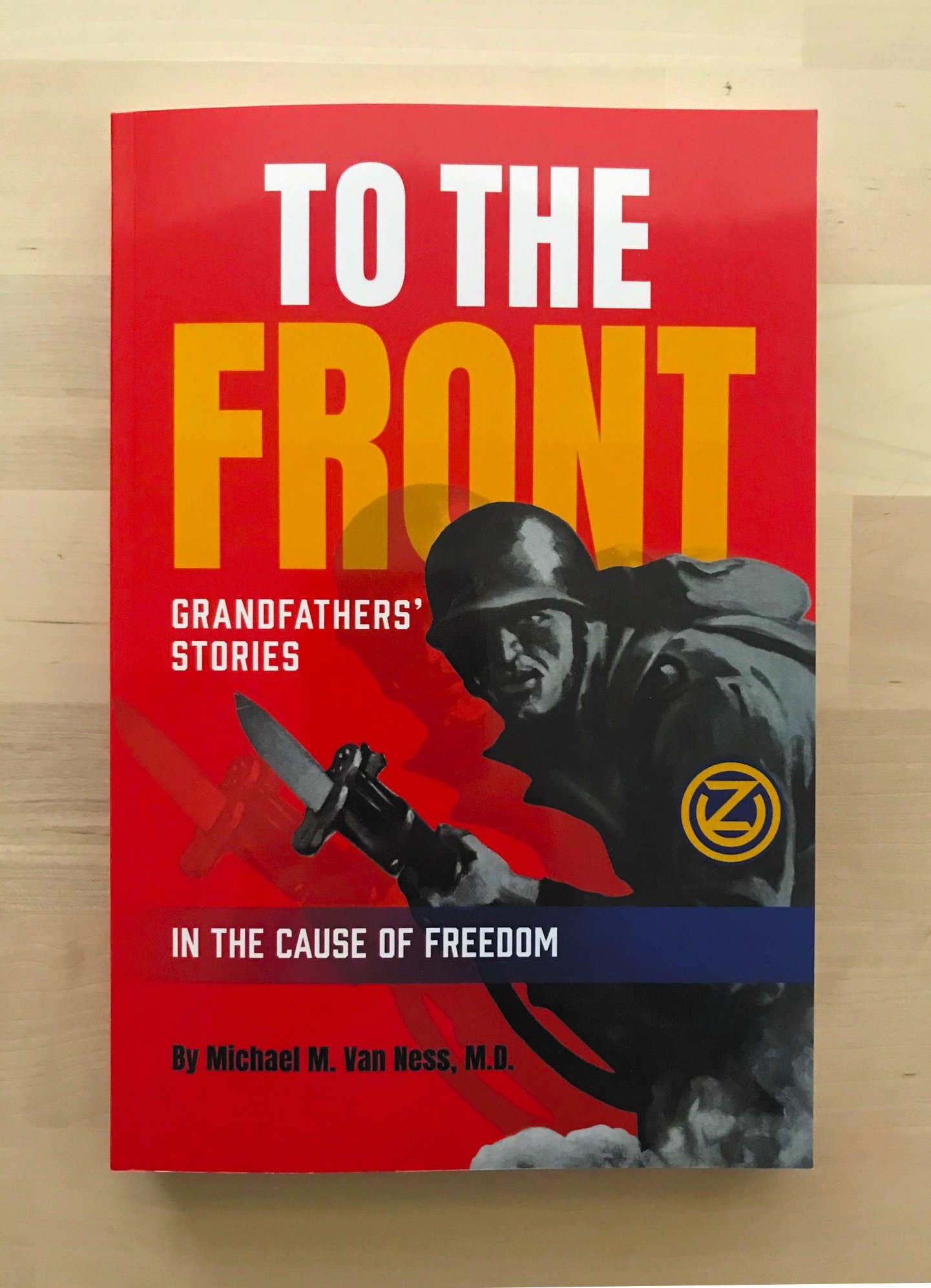Art can offer a powerful means of helping us honor monumental events like Veterans Day or Armistice Day so that history remains alive in our hearts and minds. One such art installation appeared in London, England in 2014. I didn’t actually see this grand-scale installation, mind you. I only saw photos, but it continues to inhabit me, rattling and haunting my soul as if I’d been there in person. I revisit the photos every year:
Picture the Tower of London, surrounded by a dry moat of grass. The massive stone structure, comprising 19 towers built from the 11th to the 14th centuries, spans about 18 acres.
Now imagine waves of blood pouring from the tower into a river of red in the moat. Yes, blood is cascading from the windows, over the walls, and down into the moat.
But as you approach this monstrosity, you notice that it isn’t blood at all. It is, in fact, a flood of red poppies. How can this be?
Ceramic poppies.
Artists Paul Cummins and Tom Piper created the installation to honor fallen British soldiers of WWI—888,246 to be exact. The vision was to create one clay poppy for each lost soul. Volunteer teams hand-made, glazed, and fired 888,246 ceramic poppies at a studio in Derby. Each poppy stood about knee-high on a metal rod. These were “planted,” one by one, in and around the Tower of London moat between July and November of 2014. Every day at sunset, the names of Commonwealth troops killed during the war were read aloud at the site. By the time the installation was finished, it appeared as a flowing sea of red. And when it was dismantled, the poppies were sold and the proceeds donated to military charities.
Incidentally, if you haven’t been exposed to the significance of red poppies on Armistice Day, read the poem “In Flanders Field” penned by John McCrae in 1915. (See below.) It is a poem that inspired the name of Modern Memoirs’ imprint, White Poppy Press.
I could go on about what all of this means to me, but I want you to have your own experience of the installation, since that is the purpose of art. (See links below.*)
When I look at these photos, I mostly think of the millions of men and women who have served throughout history and sacrificed their lives for the greater good. And when I feel small and hopeless and unable to change the world, I think of one poppy standing in the Tower of London moat, then two poppies, then three poppies, then more… and how the power of the collective good can make a difference.
And how a poppy can hold a soul.
_________________________________________
*To view the art installation at Tower of London:
https://www.theatlantic.com/photo/2014/11/blood-swept-lands-and-seas-of-red/100851/
*To see the making of the ceramic poppies:
https://ceramicartsnetwork.org/ceramics-monthly/ceramics-monthly-article/Clay-Culture-Blood-Swept-Lands-136481#
IN FLANDERS FIELD
by John McCrae
In Flanders fields the poppies blow
Between the crosses, row on row,
That mark our place; and in the sky
The larks, still bravely singing, fly
Scarce heard amid the guns below.
We are the Dead. Short days ago
We lived, felt dawn, saw sunset glow,
Loved and were loved, and now we lie
In Flanders fields.
Take up our quarrel with the foe:
To you from failing hands we throw
The torch; be yours to hold it high.
If ye break faith with us who die
We shall not sleep, though poppies grow
In Flanders fields.














